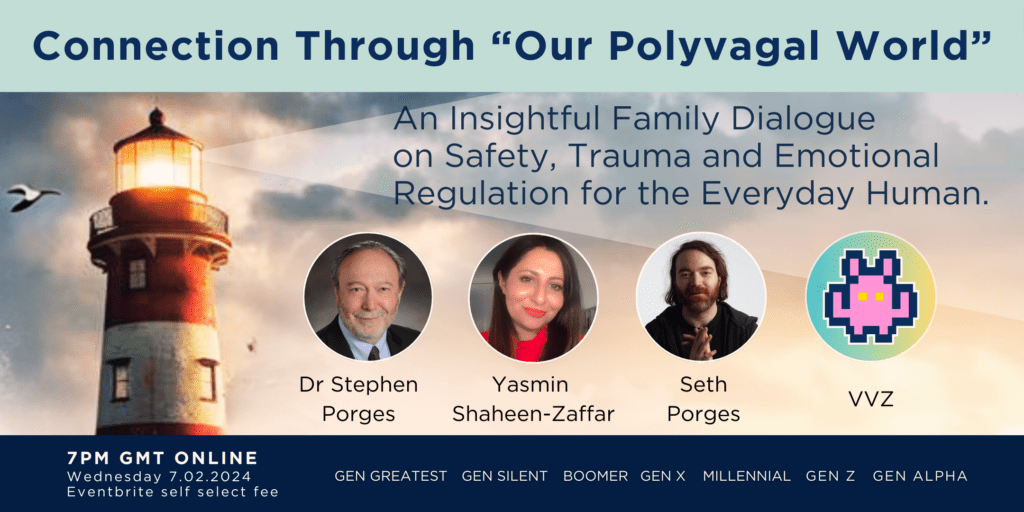Home » Polyvagal Training for Educators | Polyvagal Teen®
Polyvagal For Schools, Educators and Classrooms.
A steady, practical way to support regulation, connection and care - especially with ADHD/autistic learners and neurodivergent school communities.
Polyvagal training for educators and schools explains how the nervous system reacts to stress and safety – and why human behaviour can switch so quickly. Our emotional regulation tools help youth, educators, neurodivergent communities and families build healthier connections with their nervous system – supporting better relationships with self, others, and the wider world.
Begin with the free R.U.D Process®: a one-page guide to increasing self-awareness and diffusing tough moments.
Why polyvagal training for educators matters.
Who are our polyvagal in schools tools for?
- Teachers, tutors, home educators and learning mentors
- SENCOs, inclusion leads and pastoral teams
- Educational psychologists and school counsellors
- OTs and wellbeing practitioners working in schools
- SLT/Heads planning whole-school approaches
Common school challenges (sound familiar?)
- Arrival and transitions wobble; small triggers spread fast.
- Learners “know what to do” but lose access in the moment.
- Staff need quick, repeatable language that works under pressure.
- ADHD/autistic needs get misread as defiance; peers catch the fallout.
• • Teacher stress builds; recovery between lessons is thin.
How can polyvagal training for educators help you and your classroom?
- Understand behaviour as a clue to the nervous system – notice sensations, cues and patterns so you can act sooner and shorten the spiral.
- Fewer flare-ups, quicker recoveries – a shared, simple language for tough moments.
- Steadier routines – clear steps for arrivals, transitions and endings.
- Teacher wellbeing – micro-practices you can actually use between lessons.
- Neuro-affirming by design – concrete, visual, choice-based tools that support ADHD/autistic students and different processing speeds.
- Home–school carry-over – visuals and trackers families can use too.
Mind–body in school (why it matters)
Polyvagal in Schools | Teacher Wellbeing & Steadier Classrooms
What this means for teachers (benefits):
- Lower stress & burnout risk: short, repeatable micro-practices for you (before/after lessons) reduce allostatic load and decision fatigue.
-
Fewer flare-ups, quicker recoveries: shared, simple language for classroom emotional regulation shortens escalations and gets the class back on track.
-
Smoother arrivals & transitions: predictable, polyvagal-informed routines calm the room faster and protect your teaching time.
-
Clear next steps under pressure: when a wobble hits, you have a doable action ready – no guessing, less stress.
-
Better fit for ADHD/autistic learners: neuro-affirming, concrete, visual supports reduce misunderstandings and incident spread.
-
Home-school consistency: the same visuals and trackers help families reinforce strategies, reducing bounce-back disruptions.
Transform Your Teaching Experience:
Harness the Power of Polyvagal In Schools to Create a Steady, Connected, and Empowered Learning Environment.
The results you can expect:
- Faster engagement at the start of lessons
- Fewer blow-ups; quicker recoveries after spikes
- Clearer language between staff, students and families
- Better carry-over of strategies across settings
- Improved staff steadiness and confidence
FAQs — Polyvagal for Educators & Classrooms
It’s a practical way for staff to read nervous-system cues behind behaviour and use short, repeatable steps to steady the room—without losing relationships.
Short micro-practices before/after lessons and predictable arrival/transition routines lower stress, decision fatigue, and recovery time between classes.
Yes. Materials are neuro-affirming – concrete, visual, and choice-based – so they fit different processing speeds and sensory needs.
Use non-verbal check-ins (cards/choices), extra wait time, and one small action first; language can come later. No forced eye contact or breathwork.
Neither. These are psychoeducation tools that complement SEMH/pastoral support and any clinical care. They add a shared language and simple next steps.
Yes – live online or in-person, with rollout guides, posters and measurement templates. Train-the-trainer options are available from 2026
It’s important for young people to understand their nervous system, so that they can build healthy relationships and develop skills like self-regulation.
Taking the time to pay attention to our sensory experiences is a great way of tracking emotions – this helps us put feelings into words, making it easier for us all deal with life challenges in healthier ways. Research suggests that the ability to label an emotion by putting feelings into words can help people better regulate their challenging emotions¹.
These helpful insights don’t come naturally; we learn them mainly through positive relationships early on in life which gives us confidence when faced with adversity throughout adulthood too!
Begin by downloading the The R.U.D Process® + States Tracker.
Your next options are the Whats My State Card Deck or the Toolbag and the self-paced Glad We Talked – Finding My Steady a 5 part better communication program to open safer conversations.
If you are curious welcome to drop us a message with your question here.

